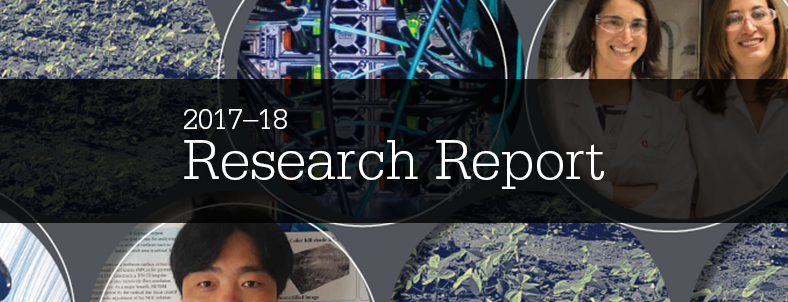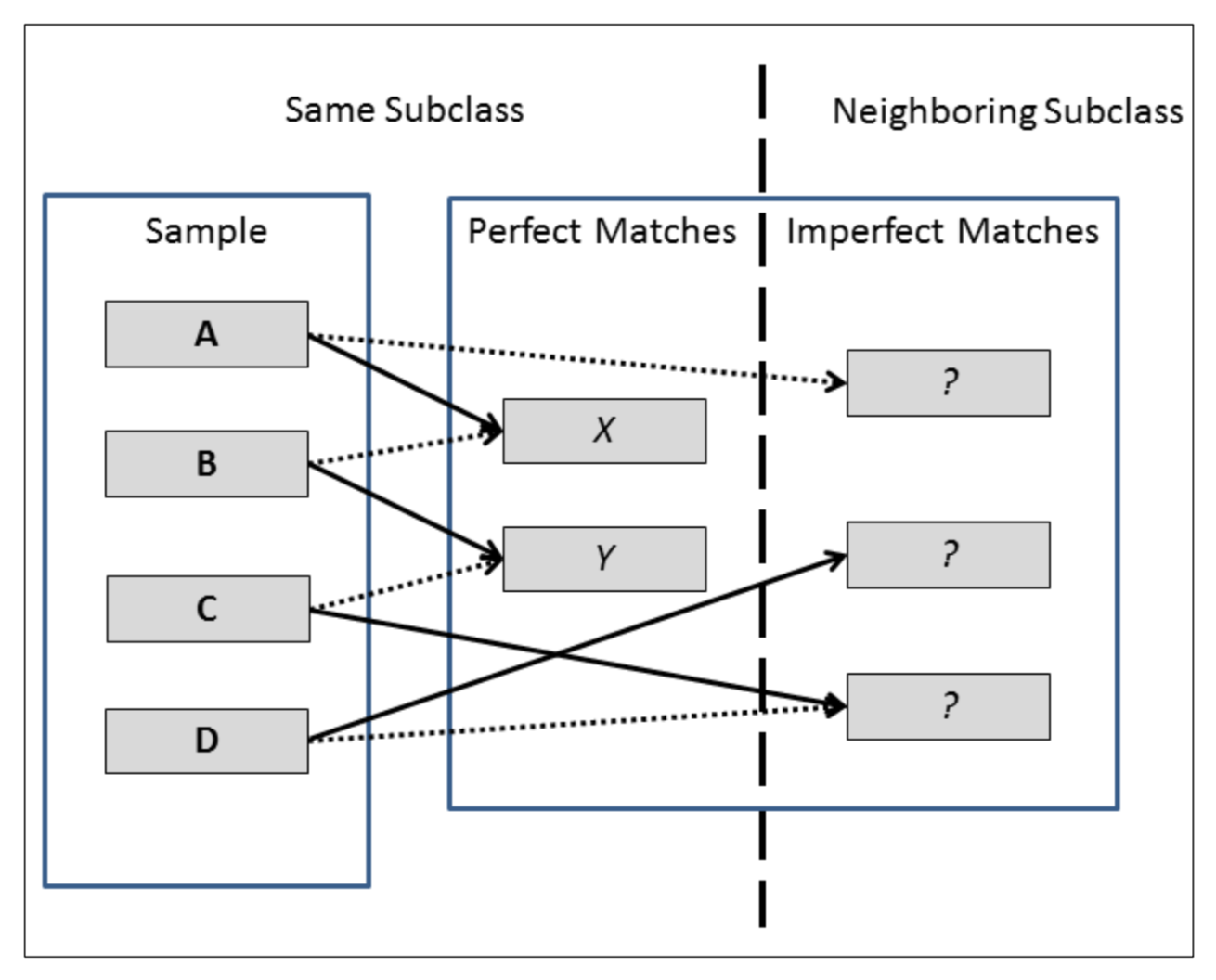The 1960s Soviet/U.S. space race put men on the moon but also developed basic technologies that would result in subsequent breakthrough inventions in related fields: prosthetics, water purifiers, freeze-dried foods, satellite television, memory foam and many more. These advances were wrought from federally funded research and today serve the interests of broad swaths of the general public.
Defining the relationship between federal funding and the rate and direction of inventive activity has been the focus of a research team led by Rafael A. Corredoira, Ph.D., an assistant professor in the department of Management and Human Resources at The Ohio State University.
“In 2015, we introduced technological influence as a variable to measure an invention’s direct and indirect impact on the evolution of technology. This provides a novel means to study the short- and long-run effect of invention antecedents on technological evolution, invention activity and economic growth,” Corredoira said.
Corredoira explained that access to Ohio Supercomputer Center services was integral to the 2017 project’s success. Running R statistical computing software on OSC’s Owens Cluster allowed his team to study a large, complex database of patent-citing articles in top scientific journals. It also helped him tackle the alpha-centrality measure, which calculates the impact of influence, via computationally intensive quantile-regression techniques.
“Quantile regression has advantages over the normal regression because it lets you assess the effect of one variable into another, but across a whole distribution,” Corredoira said. “We cared only about the patterns that were in the top five percent of the distribution in influence, because those are the ones that really change the world. If you use median-regression, it assumes that the effect of, for example, federal funding would be the same for a patent in that breakthrough group as it would for the average patent, and that is not the case.”
Corredoira and his colleagues found that research funded by the federal government is associated with more active and diverse technological trajectories, more often tied to breakthrough inventions than research funded by private corporations. Industry typically must focus on a shorter development window than many federally-funded projects, and single companies often cannot develop the full breadth of potential products coming out of a single breakthrough technology.
They also determined that the most fertile projects for breakthrough inventions were those that tap collaborators outside of the funding agency, such as those found within universities or independent laboratories.
###
Written by Jamie Abel, (614) 292-9319, jabel@oh-tech.org
Project Lead: Rafael A. Corredoira, Ph.D., The Ohio State University
Research Title: Federal funding and the rate and direction of inventive activity
Funding Source: National Science Foundation
Website: fisher.osu.edu/people/corredoira.2

